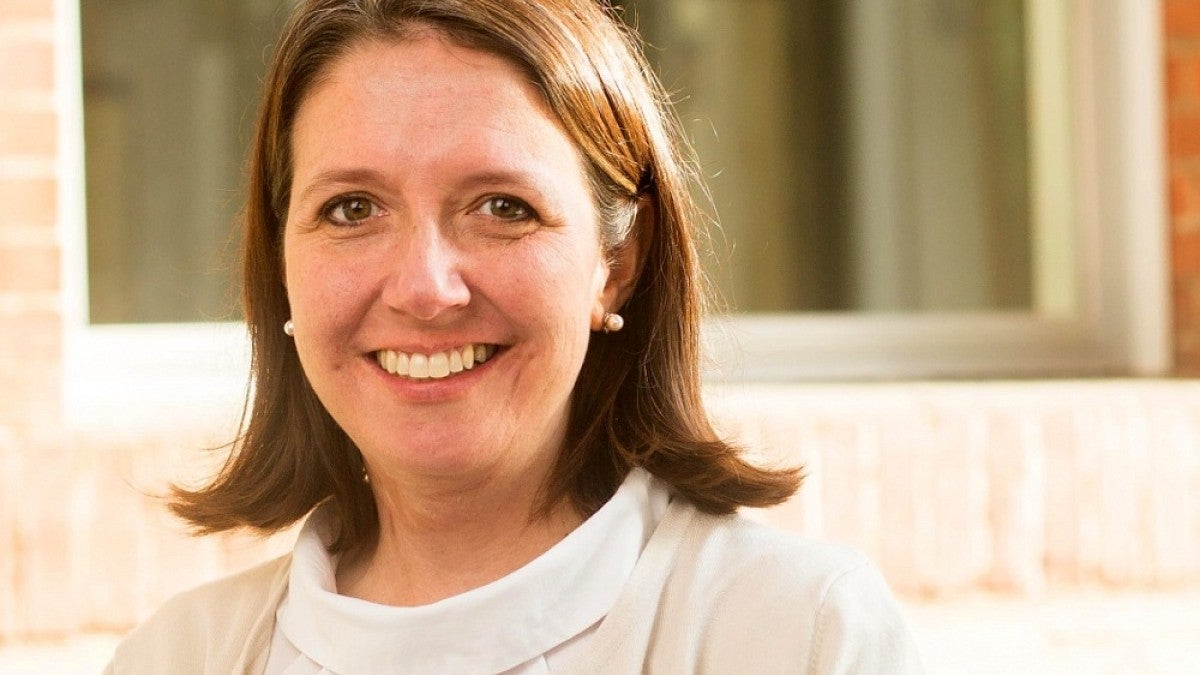After the high school shooting in Parkland, Florida, an article on the Slate website argued that the media should release graphic photos of the crime in order to spur action to combat gun violence.
Nicole Dahmen, an associate professor at the UO School of Journalism and Communication who specializes in photojournalism ethics, wrote an article for The Conversation on the topic.
Dahmen points out that while research shows audiences as more likely to take action when they feel emotionally connected to news events, the effect tends to be short-lived.
“For example, in 2015, following the publication of the harrowing image of a drowned Syrian boy lying face down in the sand, donations to the Red Cross briefly spiked,” Dahmen wrote. “But within a week, they returned to their typical levels.”
Other concerns also need to be weighed, she said, such as the effect images of the dead could have on their families and on potential copycats.
“Grisly images could inspire another mass shooting,” Dahmen wrote. “Research indicates that news coverage of mass shootings — and in particular the attention given to body counts and the perpetrators themselves — can have a contagious effect on would-be mass killers.”
For the full story, see “When the media cover mass shootings, would depicting the carnage make a difference?”
Dahmen’s research focuses on ethical and technological issues in visual communication, particularly in the digital age. She also has a special interest in contextual reporting.


